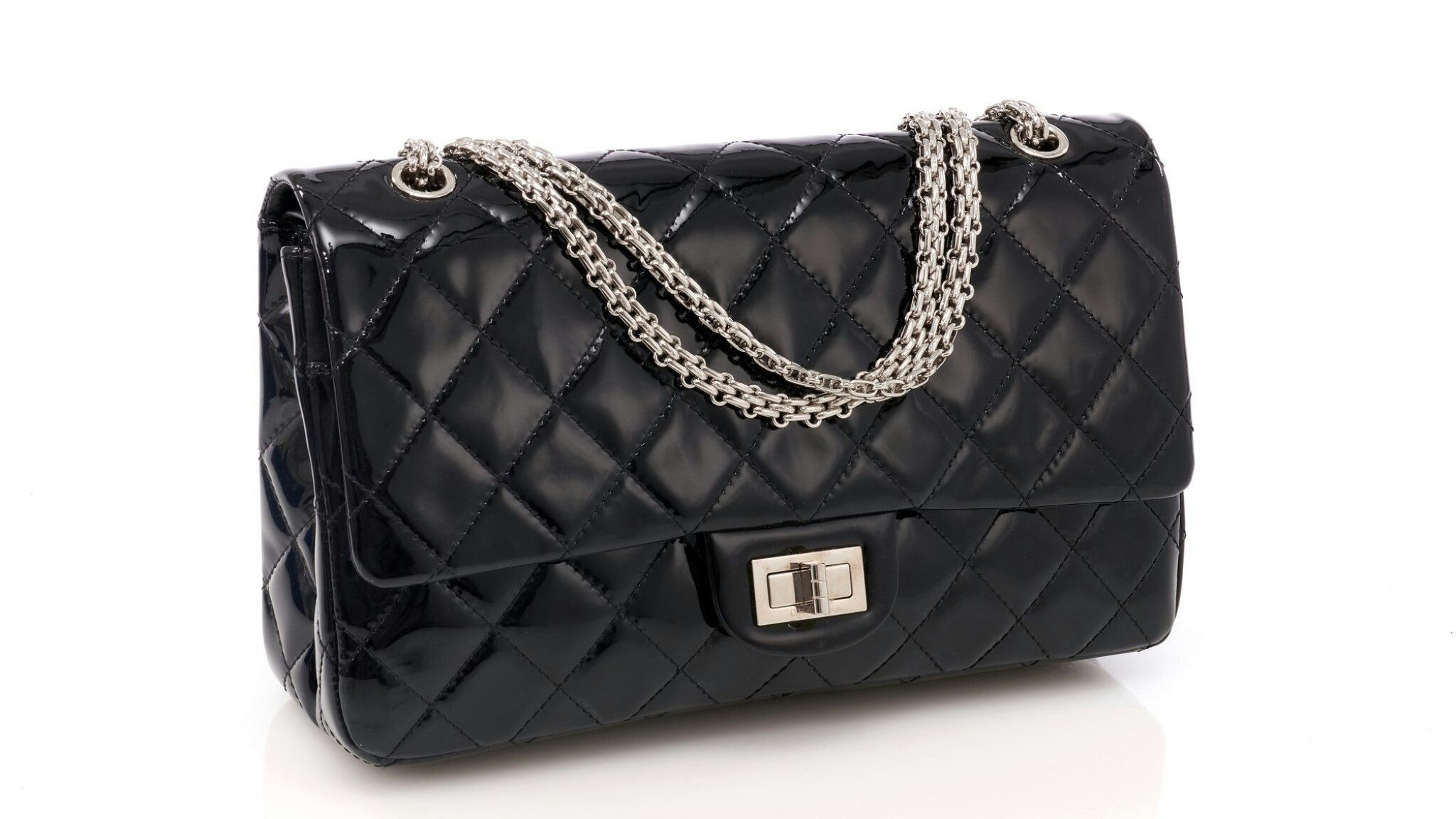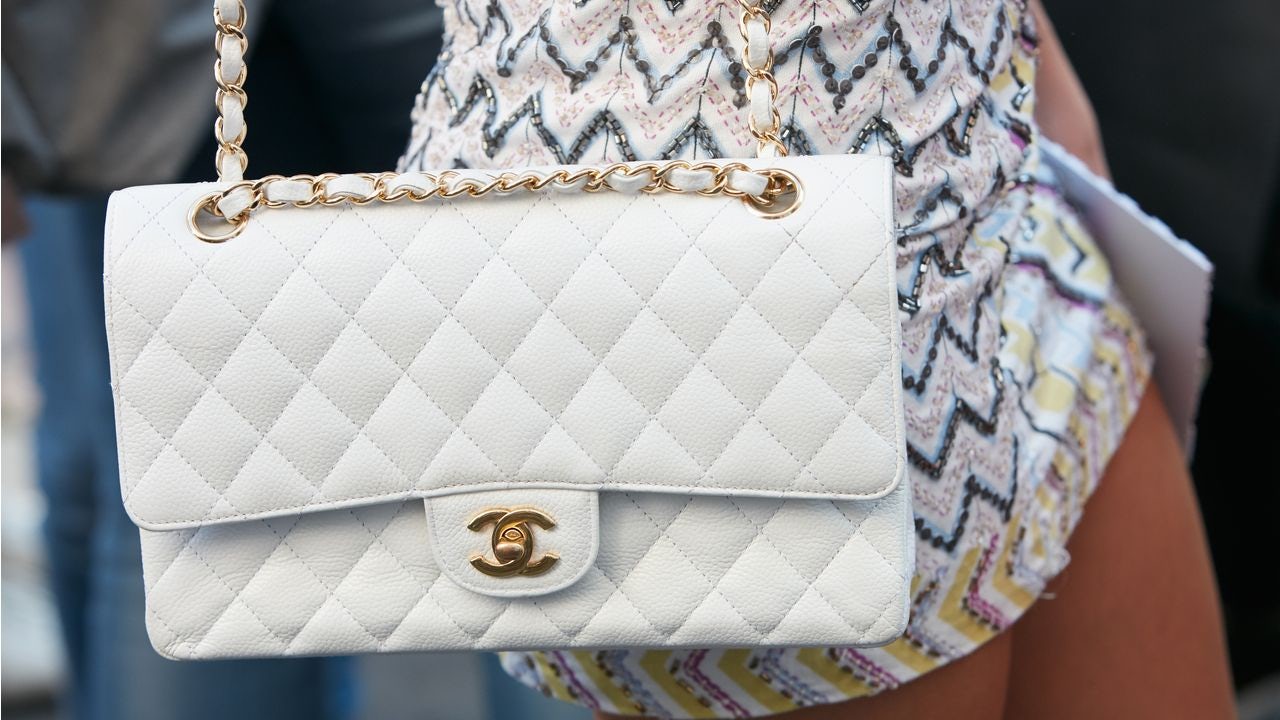What happened
In the fiscal year ended December 31, Chanel’s revenue climbed 17 percent year on year to $17.2 billion, propelled by record high sales in 2022.
The Asia Pacific region, which accounts for more than half of Chanel’s annual revenue, saw sales rise 14.3 percent YoY as Chinese consumers released their pent-up demand. This phenomenon was seen not only in the mainland but around the world; in April this year, spending by Chinese shoppers in France was down only 14 percent compared with the pre-pandemic level in 2019. The recent uptick signals the gradual recovery of Chinese outbound travel.
Earlier this year, Hermès and LVMH both reported that their 2022 fiscal revenue had increased 23 percent YoY.
The Jing Take
Interestingly, roughly half of Chanel’s revenue gain in 2022 was driven by price hikes, said Philippe Blondiaux, the firm’s global chief financial officer, in an interview with WWD.
Although the company attributes price hikes to inflation and the rising cost of raw materials, the century-old French luxury house has become infamous within the industry for its aggressive pricing strategy; in the past three years, its classic handbags have reportedly gone through eight rounds of price increases.
In 2019, the cost of a Chanel medium “flap” bag was roughly $6,000. As of April this year, the iconic lambskin and gold-tone metal handbag retailed for $10,200, on par with the price of a Birkin bag (the Birkin 25 costs $10,400). While Hermès also adjusts its price tags regularly, Chanel outpaces other luxury competitors in this regard.
The fact that the No. 5 perfume-maker is able to raise prices so frequently is a testament to the brand’s desirability. Despite the elevated inflation rate — which has dented US consumer sentiment — high-income earners continue to spend. Moving upmarket not only allows Chanel to target wealthier clients who are more insulated from economic turbulence, but also to cater to a younger cohort of consumers who are buying to invest. In fact, the value of secondhand Chanel bags increases about 10-15 percent per year, according to Sotheby’s.
Moreover, higher margins allow for greater investment back into the company.
This year, Chanel plans to double its capital expenditure to $1.3 billion. Part of it will go towards building brand equity in China, with a new store opening in tier-one city Zhengzhou and its Cruise 2024 collection to be presented in Shenzhen at the end of this year.
While Chanel has arguably yet to surpass Hermès in scarcity and resale value, it is certainly taking greater leaps in its mission to deliver the ultimate luxury experience to global consumers.
The Jing Take reports on a piece of the leading news and presents our editorial team’s analysis of the key implications for the luxury industry. In the recurring column, we analyze everything from product drops and mergers to heated debate sprouting on Chinese social media.


